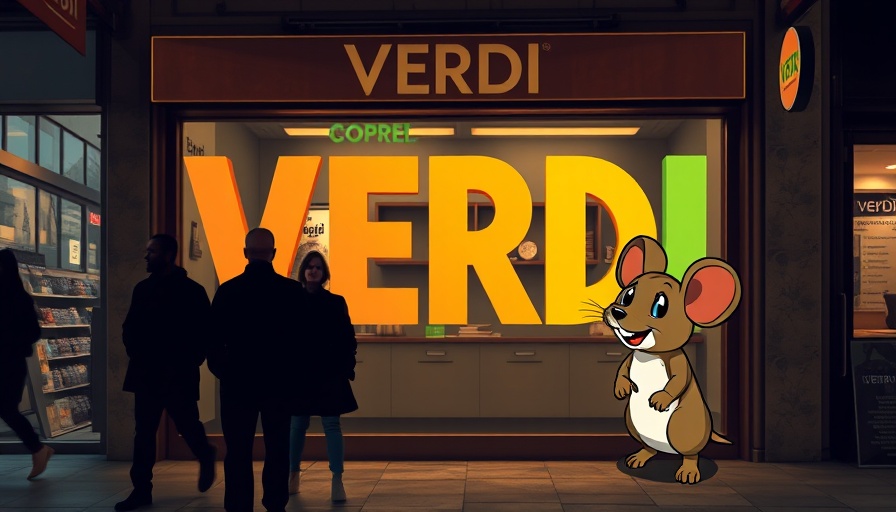
The New Proposal: Aiming to Preserve Community Culture
In an ambitious move to safeguard the cultural fabric of Manhattan's West Side, local leaders have unveiled a new proposal that seeks to prevent the destruction of buildings south of Pennsylvania Station. This initiative comes amidst plans for large-scale redevelopment that threaten to uproot established neighborhoods and their rich history.
Why This Matters: A Reflection on Urban Development's Impact
Urban development projects like the proposed Pennsylvania Station Area Civic and Land Use Improvement Project often spark heated debates about modern needs versus historical preservation. Advocates argue that rather than demolishing existing structures, transformative projects should embrace and rehabilitate historical buildings. The lessons learned from urban renewal efforts in the mid-20th century underline the consequences of neglecting this balance, where community disintegration often follows mass demolitions.
Insights from Past Preservation Efforts
Historical preservation efforts have shown that strategic rehabilitation of buildings can breathe new life into neighborhoods. The Preservation League of New York State, for instance, emphasizes the need to integrate historic sites into future planning. This sentiment echoes across various advocacy groups who highlight not only the cultural but also the economic benefits of preserving historic structures.
Counterarguments: Development vs. Preservation
While redevelopment proponents advocate for high-rise towers to accommodate modern urban demands, critics stress the irreversible loss of community identity. Highlighting successful case studies, preservation advocates suggest a hybrid approach, merging necessary modernization with the careful restoration and adaptation of existing buildings.
The Future: Balancing Growth with Cultural Integrity
As New York City continues to evolve, the confrontations between preservation and development will likely persist. The current proposal ignites discussions around finding equilibrium, ensuring that future changes honor the historical significance of areas while accommodating growth. Engaging stakeholders in meaningful dialogue can help bridge the gap between divergent interests.
Understanding the implications of these discussions is crucial for legal professionals, urban planners, and community members alike. With urban development evolving rapidly, aligning new projects with the community's historical narrative is more vital than ever.
 Add Row
Add Row  Add
Add 




Write A Comment